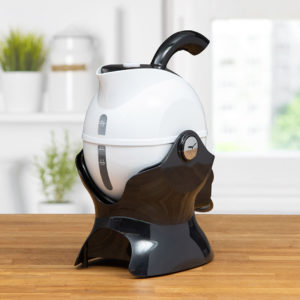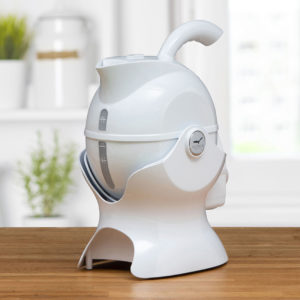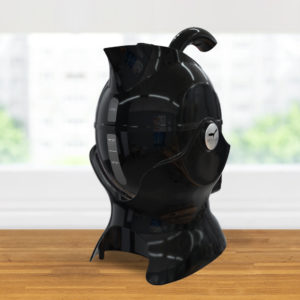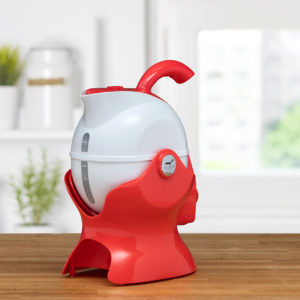We all know the kitchen at home is more than just a space for cooking. It’s a gathering spot, a place for creating comforting food when you’ve had a bad day, prepare a dessert for a special occasion and a place to experiment with culinary masterpieces.
For those who are avid meal-prep aficionados, it’s an important part of maintaining a healthy lifestyle. However, an inefficient layout or lack of the right appliances can make all the above a daunting task. Today, Uccello Designs provides insightful tips on how to redesign your kitchen to make it a more enjoyable space to be in the home.
Use Voice-Controlled Gadgets:
There are a number of options on the market now, like Alexa. Adding a voice controlled device to your kitchen can help you operate appliances easily. Smart assistants can help you set times (no more fidgeting with buttons on the over), play music, recite recipes etc so there is less fussing in the kitchen for you.
Snazzy Kitchen Aids:
Snazzy gadgets, kitchen aids or even assistive tech – they all have the same function – to help make life easier in the kitchen. Items like hands free jar openers, no-slip feet on chopping boards, Reacher tools and yes, even the Uccello Kettle. These aids enable greater independence and confidence in the kitchen, allowing individuals to enjoy cooking and maintain a sense of normalcy in the your daily routine.
Swap Knobs for Lever-Style Handles:
Replace the traditional knobs on sinks, cabinets and drawers with lever-style handles. These handles are easier to grip and manipulate, requiring less effort and wrist strength. They are particularly beneficial for individuals with arthritis or limited hand dexterity.
Consider Multi-Height Surfaces:
If the budget can manage it, modifying your work surfaces by incorporating multi-height options could help make life easier for you. This could involve adding a pull-out cutting board at a lower level or even a raised platform for other tasks.
Utilise Open Shelving:
Open shelves provide clear visibility ot items and eliminate the need to open and close cabinet doors. This can make it easier for you to locate and reach items without any barriers. If you are not sure where to start, make sure you find the right cabinet makers for you.
Dishwashers Drawers:
A dishwasher drawer is compact and ideal for those who may not have a lot of space in the kitchen. If there is 1 or 2 people at home, it could be the perfect solution. No more standing at length at the sink, hunched over and aggravating your backing, shoulders and feet.
Despite its small size, this appliance can handle a surprising amount of dishes, which in turn will free up more space for you and more time to do what you love. Perhaps more time to ice the buns or make a cuppa to enjoy your next delicacy?
Anti-Slip Flooring:
Replace slippery flooring materials with anti-slip alternatives. This change could give you added safety and peace of mind as it could reduce the risk of accidents likes slippery spills.
Create Clear Pathways:
Maximise the space in your kitchen by rearranging the furniture and appliances to create clear pathways. Ensure that there’s ample room for individuals using mobility aids or wheelchairs to easily navigate the kitchen.
Enhance Lighting and Colour Contrast:
By improving lighting and colour contrast can greatly enhance accessibility. Install brighter lights or task lighting in work areas to ensure better visibility.
Incorporate colour contrast by using different shades to distinguish between surfaces and objects, aiding individuals with visual impairments.
Adapting your existing kitchen for enhanced accessibility is a rewarding endeavor that can improve the quality of life for everyone who uses the space. By following the above tips and making thoughtful modifications, you can create a kitchen that promotes independence, inclusivity, and ease of use, ensuring that it remains a functional and welcoming hub for all members of the home.
Author: Sheila Johnson













Leave a Comment